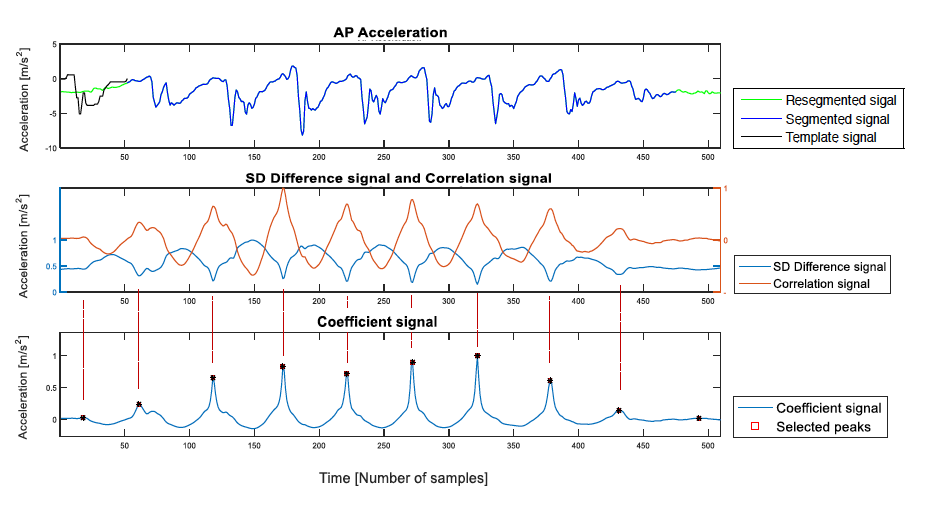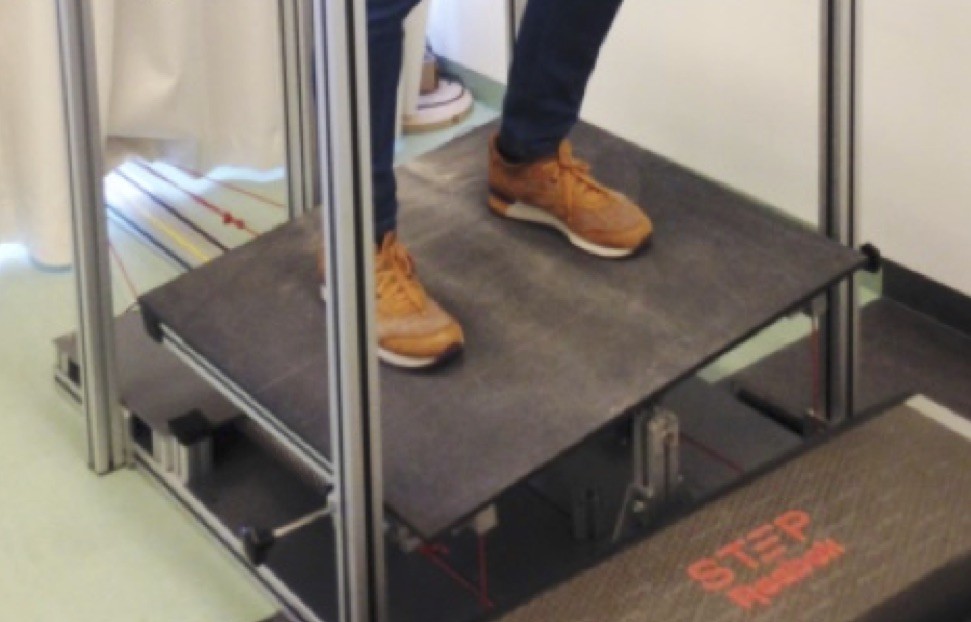Fitness and Functioning after Stroke (FaFaS): Relative aerobic Load of daily life
People after stroke show a lower aerobic capacity than their able-bodied peers. On top of that, their aerobic load of daily activities appears to be higher. This mismatch between aerobic capacity and load might seriously affect their functioning in daily life. However, currently reference values on aerobic load of daily activities for people after stroke are not available. Furthermore, the relationship between aerobic load and aerobic capacity, the relative aerobic load, has not been quantified explicitly and the actual impact on daily functioning is yet unknown. It can be expected that people with a high (predicted) relative aerobic load of daily activities will either experience more fatigue in daily life or be less active. This study will provide reference values for the (relative) aerobic load of daily activities for people after stroke. Furthermore, it will assess the impact of relative aerobic load on daily life activity levels.
Project Parameters
Start Date: 2017
Funding:
Research Partners
Related Research Themes & Projects

Markers of progression and early predictors in Parkinson’s disease
Parkinson’s disease (PD) is a common condition in elderly. gait and postural control mechanisms are progressively affected in patients with PD. We use a single body-worn inertial sensor to analyze short episodes of gait. We extract signal features to objectify and understand gait changes in patients with PD, and to find markers for early detection and indicators of progression of PD.

Implicit motor learning and movement automaticity in people with stroke
This study will provide reference values for the (relative) aerobic load of daily activities for people after stroke. Furthermore, it will assess the impact of relative aerobic load on daily life activity levels.